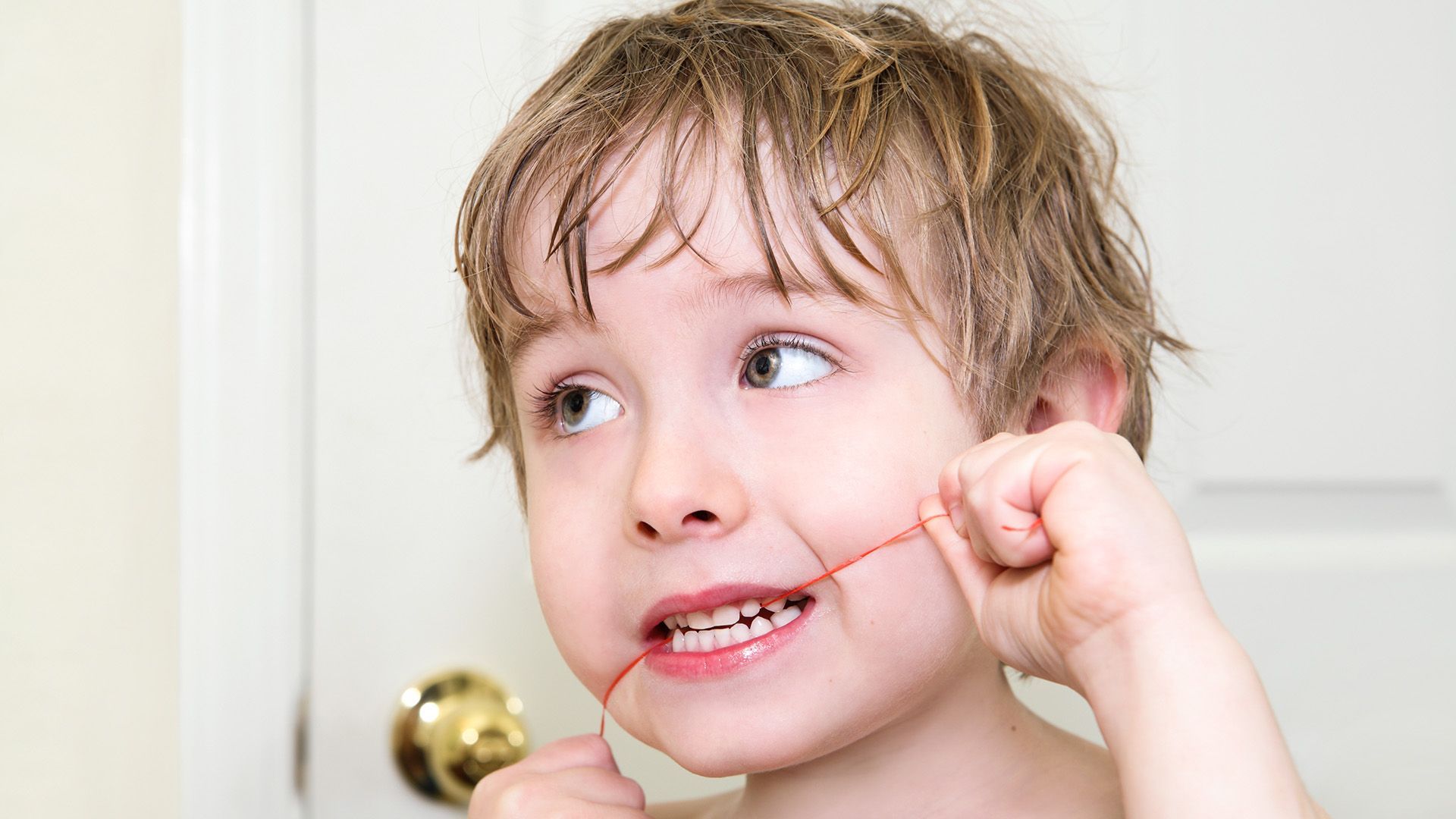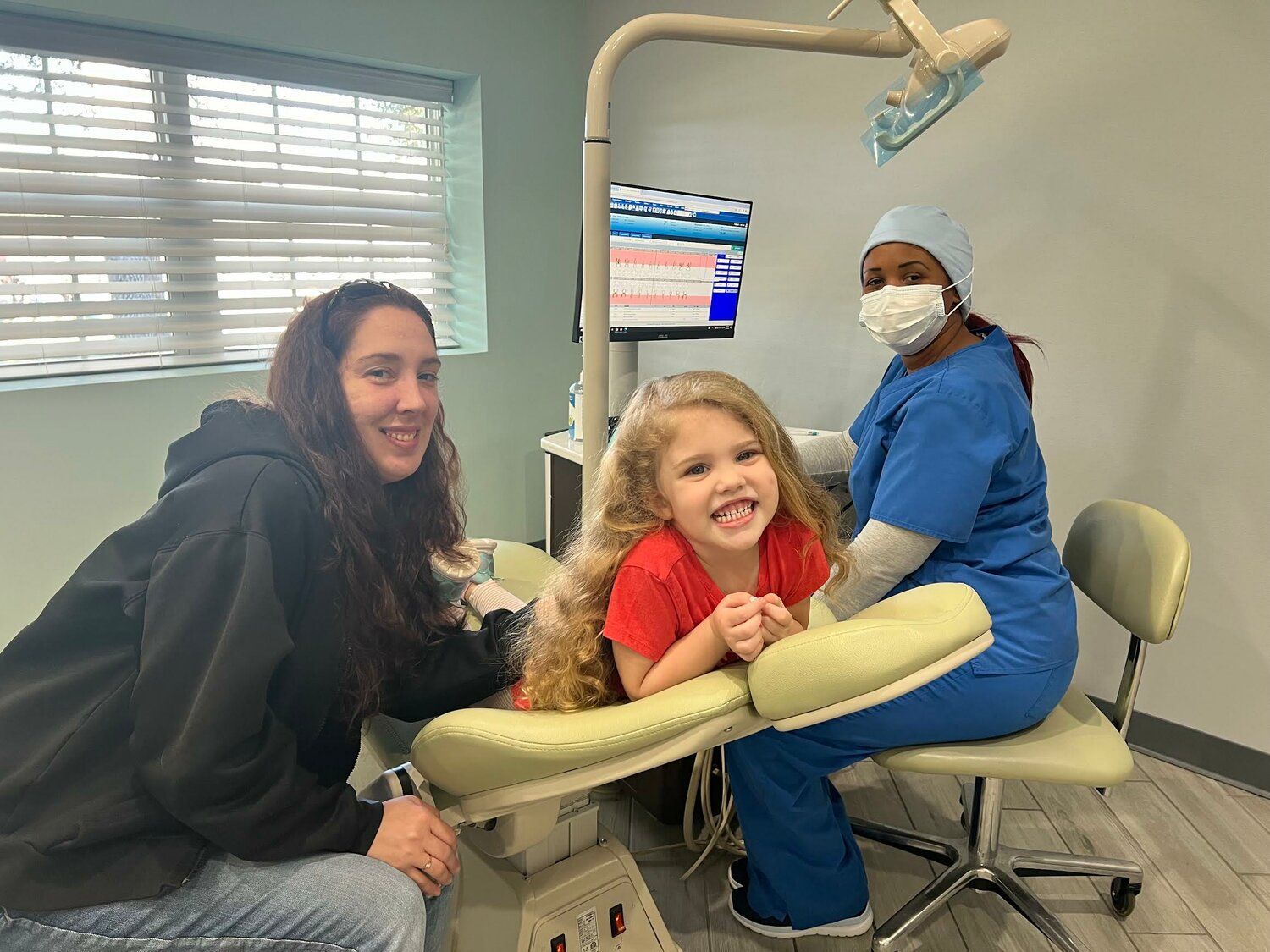What Do Dental X-Rays Show?
Understanding Dental X-Rays for Kids
Dental X-rays are a vital component of your child's oral health care, offering insights that aren't visible to the naked eye. At Baptist Dentistry for Kids, we recognize that many parents have questions like what do dental X-rays show? Dental X-rays are crucial for identifying cavities, assessing teeth and jaw health, and playing an essential role in preventive care. This guide will delve into the different types of dental X-rays, what they show, and how to prepare your child for this important procedure. By understanding dental X-rays, you can make informed decisions about your child's dental health and ensure they receive the best care possible.

What Are Dental X-Rays?
Dental X-rays, also known as radiographs, are a critical diagnostic tool used by dentists to visualize the internal structures of the teeth, gums, and jawbone. The main purpose of dental X-rays is to identify issues not visible during a routine dental examination, such as cavities, infections, or tooth development abnormalities. These images enable dentists to make informed decisions regarding treatment plans and preventive care, especially for children whose teeth and jaws are still developing.
Dental X-rays function by utilizing a small amount of radiation to capture images of the teeth and surrounding structures. The X-ray machine emits radiation that passes through the body, absorbed differently by various tissues. Dense materials, like teeth, appear white on the X-ray film, while softer tissues appear darker. This contrast allows dentists to examine the condition of the teeth, roots, and supporting bone structures.
In pediatric dentistry, the significance of dental X-rays is paramount. Children are particularly prone to dental issues as their teeth grow and change. Regular X-ray examinations assist in early detection of problems such as cavities, misalignment, and the development of wisdom teeth. By employing dental X-rays, pediatric dentists can effectively monitor dental health, ensuring that children receive appropriate care tailored to their unique developmental needs.
What Do Dental X-Rays Show?
So what do dental X-rays show, anyway? Dental X-rays are indispensable tools in modern dentistry, particularly for children, as they provide essential insights into oral health that aren't visible during routine dental examinations. One primary function of X-rays is to detect cavities and tooth decay. These images allow dentists to see the extent of decay, which may be hidden between teeth or beneath existing fillings. Early detection is crucial, enabling prompt treatment, potentially saving the tooth and preventing further complications.
Another critical aspect revealed by dental X-rays is the identification of infections and abscesses. These images can highlight areas where infection may be present, ensuring that appropriate measures are taken to address any underlying issues. So, do dental X-rays show infection? Absolutely. This is particularly important for children, as untreated infections can lead to more severe health problems and discomfort.
Moreover, dental X-rays are instrumental in assessing tooth development and alignment. For growing children, X-rays can help monitor the emergence of adult teeth and ensure that they are developing correctly. This assessment is vital for planning orthodontic treatments if necessary, ensuring that children's smiles develop healthily and beautifully. Understanding what do cavities look like on an X-ray is also essential for parents to grasp the importance of these images in preventive care.
Types of Dental X-Rays
Dental X-rays are essential tools that assist dentists in assessing and diagnosing various dental conditions. They are generally categorized into two main types: intraoral and extraoral X-rays.
Intraoral X-rays are the most commonly used type and involve placing the X-ray film inside the mouth. These X-rays provide detailed images of the teeth, roots, and surrounding bone structure. They are particularly useful for detecting cavities, assessing the health of tooth roots, and identifying issues with bone density. Intraoral X-rays include bitewing X-rays, which show upper and lower teeth in a single view, and periapical X-rays, which capture the entire tooth and surrounding tissue.
Extraoral X-rays, on the other hand, are taken from outside the mouth. These X-rays are essential for providing a broader view of the jaw, skull, and facial bones. They are often used in orthodontics to assess the positioning of teeth and bones before treatment begins. Panoramic X-rays are a common type of extraoral X-ray, offering a comprehensive view of the entire mouth in one image, which is especially beneficial for planning complex dental procedures.
When comparing the two techniques, intraoral X-rays provide more detailed images of individual teeth and surrounding structures, while extraoral X-rays offer a wider perspective of the overall dental and facial anatomy. Together, these X-ray techniques enable dentists to develop effective treatment plans tailored to each child's unique dental needs.
Preparing Your Child for Dental X-Rays
When preparing your child for dental X-rays, it’s important to know what to expect during the process. Typically, the dental team will begin by explaining the procedure in a child-friendly manner, ensuring that your little one feels informed and at ease. The X-ray itself is quick, usually taking just a few minutes. Your child will be asked to bite down on a small device while the X-ray machine captures images of their teeth and jaw. This is a routine part of dental care, and children often find it less intimidating than they anticipate.
To help your child feel comfortable, consider discussing the X-ray process ahead of time. Use simple language to explain that the images help the dentist see things that aren’t visible during a regular check-up. You might also bring along a favorite toy or book for them to hold during the procedure, which can provide a sense of security. Reassuring your child that the staff is friendly and experienced can also help alleviate any fears they might have.
Safety is a top priority at Baptist Dentistry for Kids. We follow strict safety measures to minimize any potential risks associated with
radiation exposure during dental X-rays. The amount of radiation used is very low, and modern X-ray equipment is designed to limit exposure. Protective lead aprons and collars are used to shield your child’s body and thyroid from unnecessary radiation. Rest assured, dental X-rays are a safe and essential tool for maintaining your child’s oral health.
We believe in the importance of prevention of dental issues at an early age, which helps children have a healthy smile.
USEFUL LINKS
CONTACT US
CURRENT PATIENTS OR PROVIDERS









